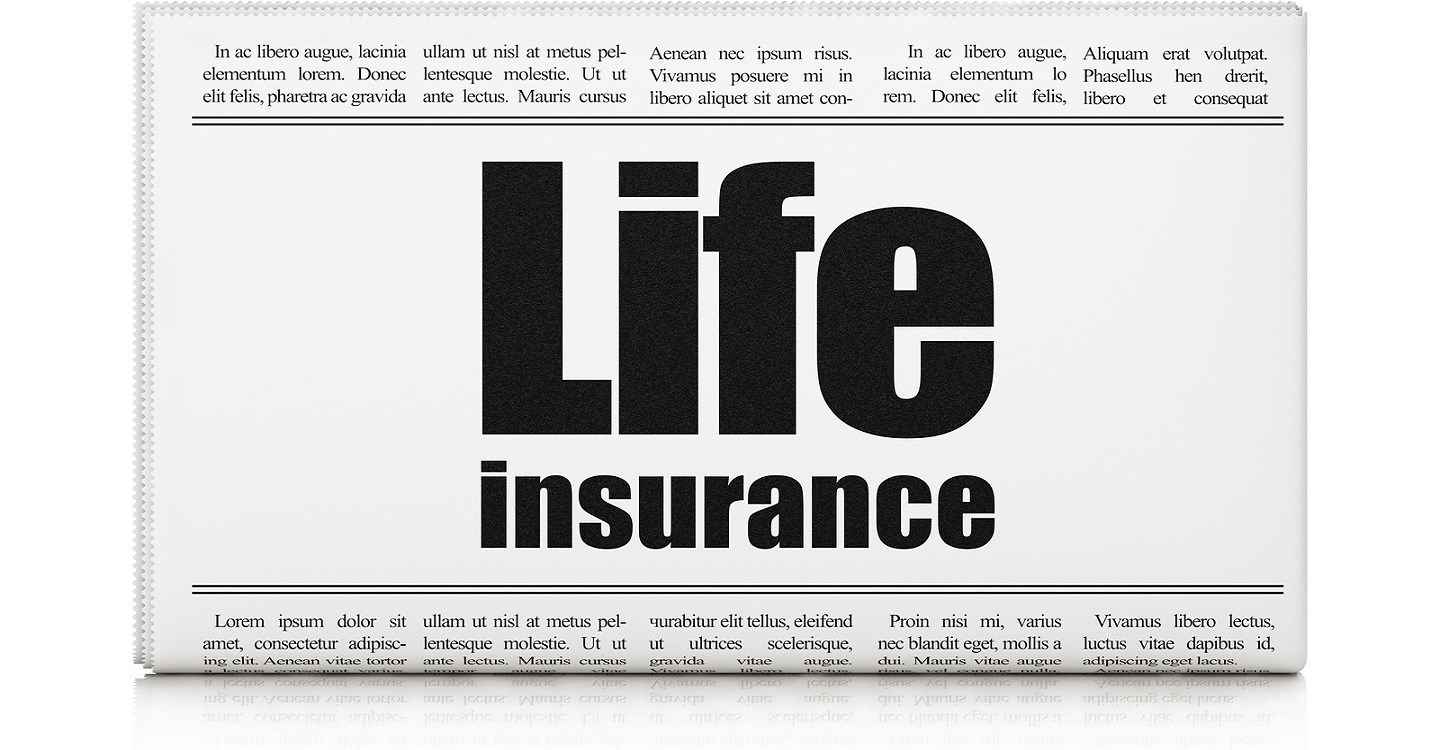Life insurance is a long-term commitment, so it’s important to go in with a plan. It can feel overwhelming but people should know these three things before shopping around:
How much coverage you need. You can use an online life insurance calculator, or crunch the numbers yourself with a spreadsheet (no need to complicate things!) Basically, you need to look at your assets and your expenses and see where the financial gaps are. The easiest way is to break it down into five main areas:
1. Future college costs for your kids (this is a huge financial concern for parents and should be considered on its own).
2. Covering costs for children and other dependents (like aging parents).
3. Debt (for most people this will be a mortgage, but it can also be your own student loan debt, a car loan, etc.)
4. End of life expenses (the average funeral costs around $10,000 — you don’t want to leave that to your loved ones).
5. Other financial coverage (whether that’s retirement savings for a spouse, leaving money to heirs, etc.)
What kind of life insurance you need. Term life insurance will work for the majority of people who need life insurance. It’s straightforward: You pay for the policy for a certain amount of time. When the term is up, the policy expires. If you die during the term, the death benefit pays out to your beneficiaries. That’s it.
But there’s also permanent life insurance — such as whole life insurance — that lasts for as long as you pay for it and has a cash value that you can build over time (subject, of course to certain terms and conditions). You can do things like borrow against the cash value for a loan. Permanent life insurance policies are more expensive than term, but they can be useful for people with complicated financial situations, or high net worth individuals who need to cover the estate tax and might benefit from the cash value.
There are also a lot of different types of permanent life insurance. You should be aware of your options, but you can talk to a licensed insurance agent and/or a financial adviser to decide what type of policy would work best for your particular situation.
How to compare policies. The easiest way to compare life insurance policies is on price (assuming you’ve narrowed your search to financially sound life insurers — check their AM Best ratings). What’s the least you can pay for the amount of coverage you need? But there are other ways in which life insurance companies differ. Some companies are more competitive for certain health profiles. So if you’re an ex-smoker, you might find the process easier at one company than another. And some companies might offer different add-on features (called policy “riders”) that could be valuable to you (such as coverage for your children, or coverage for critical illnesses).
by Jennifer Fitzgerald | Nov 9, 2017
Author: Jennifer Fitzgerald
Source: Oath Inc.
Retrieved from: www.huffingtonpost.com

